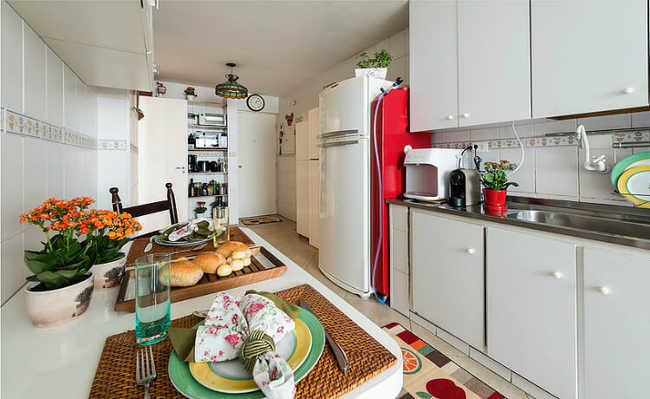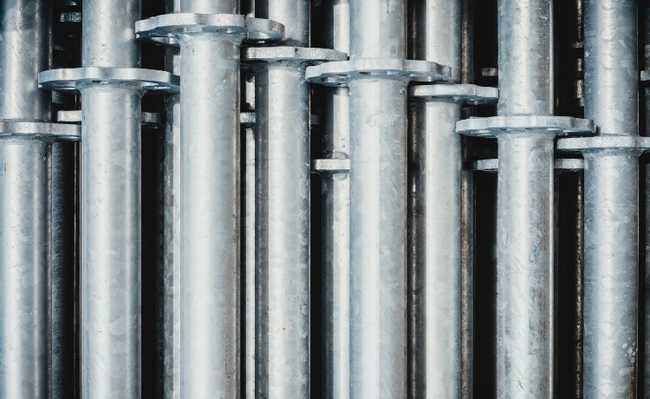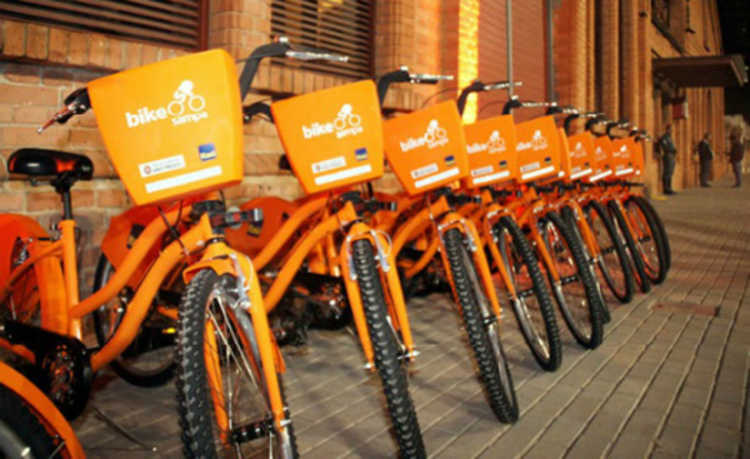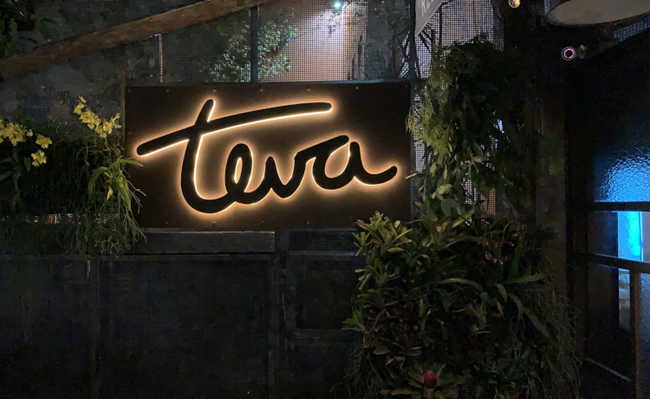Discover the components of the solar energy kit: charge controllers
Understand everything about the device that protects the solar photovoltaic system battery

Have you ever thought of a more sustainable way to get energy? One of the alternative and renewable sources that is growing and gaining more space among Brazilians is solar. Brazil is an excellent market for the energy sector, as the average solar radiation that falls on the country's surface is up to 2300 kilowatt-hours per square meter (kWh/m²), according to Cepel's Solarimetric Atlas. Learn more in the article "What is solar energy and how does the process of generating electricity via solar radiation work?".
Despite some incentives for the use of this type of renewable energy (important as it allows for a reduction in concerns regarding the reservoirs of hydroelectric plants, which in recent years have suffered from the lack of rain and excessive sunshine), they can still be observed some doubts among consumers and those interested in applying this system in their homes or in their businesses. How does it work? What is the cost of its installation? Is the financial return beneficial? Where to buy? The questions are many. Well, let's get to the answers!
A photovoltaic solar energy system (or "solar energy system" or even "photovoltaic system") is a model in which the components of your solar energy kit work in order to capture solar energy and convert it into electricity, learn more in the article "Get to know all the components of the photovoltaic solar system". The energy produced can then be used to supply the electricity grid on a large scale, as happens in solar plants (commercial energy sector), but it can also be generated on smaller, residential scales (solar energy for domestic use). In addition to the solar system for generating electricity, there is also one for thermal energy, which has, as its objective, the use of solar radiation to heat water.
Photovoltaic solar energy systems have some basic components, grouped into three different blocks: the generator block, the power conditioning block and the storage block. Each group is made up of components with specific functions.
- Generator block: solar panels; cables; support structure.
- Power conditioning block: inverters ; charge controllers.
- Storage block: batteries.
The charge controller is part of the second block, that of power conditioning, and is one of the main components of the solar energy kit for the photovoltaic solar system.
Very important, it is responsible for protecting the batteries, controlling the charging and discharging process of the batteries, prolonging their useful life and ensuring greater efficiency in the storage of the energy produced.
How it works?
The charge controller works in a way that allows the batteries to be fully charged, while preventing them from being discharged to unsafe values, which could harm their integrity. Inside the system, it is installed between the panels and the batteries.
The controller circuitry acts to measure the voltage of the batteries to determine how full (or how empty) they are. Based on this information, the charge controller - as its name implies - is able to control the intensity of the current that flows to the batteries, decreasing this intensity as they get close to their maximum charge.
Controller Features
A charge controller has the following main features:
Reverse current protection
Reverse current is that current that flows in the opposite direction to which it should flow, and occurs when the generator ends up receiving energy from the system instead of supplying it. To protect the system from this type of situation (which usually occurs at night), the charge controller disconnects the photovoltaic panels, so that there is no loss of charge from the batteries in the solar modules.
discharge control
The controller turns off the power output so that the batteries are not discharged to levels below what is considered safe.
system monitoring
Monitoring system with digital or analog meters, LEDs or warning alarms. They serve to indicate if there is any irregular behavior in the system.
Overcurrent protection
Overcurrents are atypical operating situations, where the value of the electric current is increased to levels much higher than those for which the system was designed, causing short circuits. The charge controller has devices (fuses or circuit breakers) capable of preventing this type of situation.
Mounting Options
The charge controller can be wall-mounted or built-in, and can feature systems for outdoor or indoor use.
temperature compensation
Temperature compensation is required in systems where the batteries have not been installed in climate-controlled environments. Thus, to avoid overheating, load voltage adjustments are induced from the ambient temperature.
To learn more about installing solar energy at home, see the article "Guide to installing solar energy at home".
In addition to photovoltaic energy being considered clean as it does not generate waste beyond the plates and does not harm the environment, it is one of the most promising renewable resources in Brazil and in the world, as it causes minimal environmental impacts and reduces the carbon footprint of consumers - will be minimizing their emissions by opting for a way of obtaining energy with low harmful potential.
The return on investment time in the photovoltaic system is variable, and depends on the amount of energy the property requires. Despite this, the advantage of the home system is the economy: once this payback time is reached, the energy bill no longer needs to be paid. Energy from the sun that turns into “free” electricity! A lot of money can end up in savings rather than being spent without much benefit.
Remember to ensure that the components used are certified by the National Institute of Metrology, Quality and Technology (Inmetro), which implemented Ordinance No. 357 in 2014, with the objective of establishing rules for the generation equipment. Photovoltaics.
Unfortunately, there are still few incentives and financing lines for this type of energy in Brazil, which are still difficult to access and have little applicability. It is expected that, with the increase in the consumption of photovoltaic energy systems, new incentives, more applicable and accessible to common housing, will emerge.










